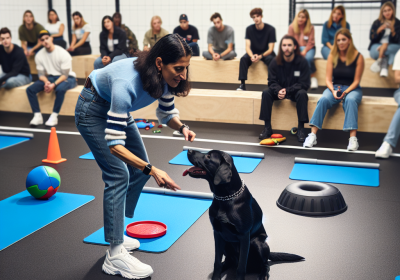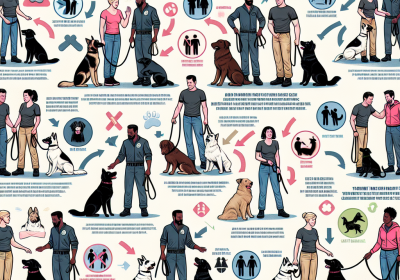Adjusting Training Methods for Different Types of Dogs
Table of Contents
- Tailoring Obedience Training for High-Energy Breeds
- Effective Socialization Techniques for Shy and Timid Dogs
- Adapting Training Strategies for Senior Dogs
Adjusting training methods for different types of dogs is essential for effective canine education and behavior management. Each dog breed, and even individual dogs within a breed, possess unique characteristics, temperaments, and learning styles that influence how they respond to training. Factors such as size, energy levels, intelligence, and natural instincts play significant roles in determining the most suitable training approach. By tailoring training techniques to accommodate these differences, trainers can enhance communication, foster positive behaviors, and build stronger bonds with their canine companions. This personalized approach not only ensures a more efficient training process but also promotes the overall well-being and happiness of the dog.
Tailoring Obedience Training for High-Energy Breeds
When it comes to obedience training, high-energy dog breeds present unique challenges that require tailored approaches to ensure effective learning and behavior modification. These breeds, which include Border Collies, Australian Shepherds, and Jack Russell Terriers, possess an abundance of energy and intelligence that can make traditional training methods less effective. Therefore, it is crucial to adjust training techniques to accommodate their specific needs and characteristics.
To begin with, understanding the nature of high-energy breeds is essential. These dogs are often bred for tasks that require stamina, agility, and quick thinking. Consequently, they have a higher need for physical and mental stimulation compared to more sedentary breeds. Without adequate outlets for their energy, they may develop undesirable behaviors such as excessive barking, digging, or even aggression. Recognizing this, trainers must incorporate activities that engage both the body and mind of these dogs.
One effective strategy is to integrate physical exercise into the training regimen. High-energy breeds thrive on activities that allow them to expend their energy in a controlled manner. Incorporating exercises such as running, agility courses, and fetch can help tire them out, making them more receptive to training sessions. Additionally, these activities can be used as rewards, reinforcing positive behavior and creating a positive association with training.
In conjunction with physical exercise, mental stimulation is equally important. High-energy breeds are often highly intelligent and require tasks that challenge their cognitive abilities. Puzzle toys, scent work, and advanced obedience commands can keep their minds engaged and prevent boredom. For instance, teaching a Border Collie to perform complex tricks or an Australian Shepherd to navigate an obstacle course can provide the mental stimulation they crave. This not only keeps them occupied but also strengthens the bond between the dog and the trainer.
Consistency and structure are also vital components of training high-energy breeds. These dogs respond well to routines and clear expectations. Establishing a consistent training schedule helps them understand what is expected of them and reduces anxiety. Moreover, using positive reinforcement techniques, such as treats, praise, and play, can motivate them to perform desired behaviors. It is important to note that punishment-based methods are generally ineffective and can lead to fear or aggression in these sensitive breeds.
Another key aspect is socialization. High-energy breeds often have strong social instincts and benefit from regular interaction with other dogs and people. Socialization helps them develop appropriate behavior in various situations and reduces the likelihood of fear-based reactions. Group training classes or playdates with other dogs can provide valuable social experiences and further enhance their training.
Furthermore, it is essential to tailor the training approach to the individual dog’s personality and preferences. While some high-energy dogs may excel in agility training, others might prefer scent work or obedience trials. Observing the dog’s reactions and adjusting the training methods accordingly can lead to more effective outcomes. Flexibility and adaptability are crucial in ensuring that the training remains engaging and enjoyable for the dog.
In conclusion, training high-energy dog breeds requires a multifaceted approach that addresses their physical, mental, and social needs. By incorporating regular exercise, mental stimulation, consistency, positive reinforcement, and socialization, trainers can effectively channel the energy and intelligence of these breeds into desirable behaviors. Tailoring the training methods to suit the individual dog’s characteristics ensures a more successful and fulfilling training experience for both the dog and the trainer.
Effective Socialization Techniques for Shy and Timid Dogs
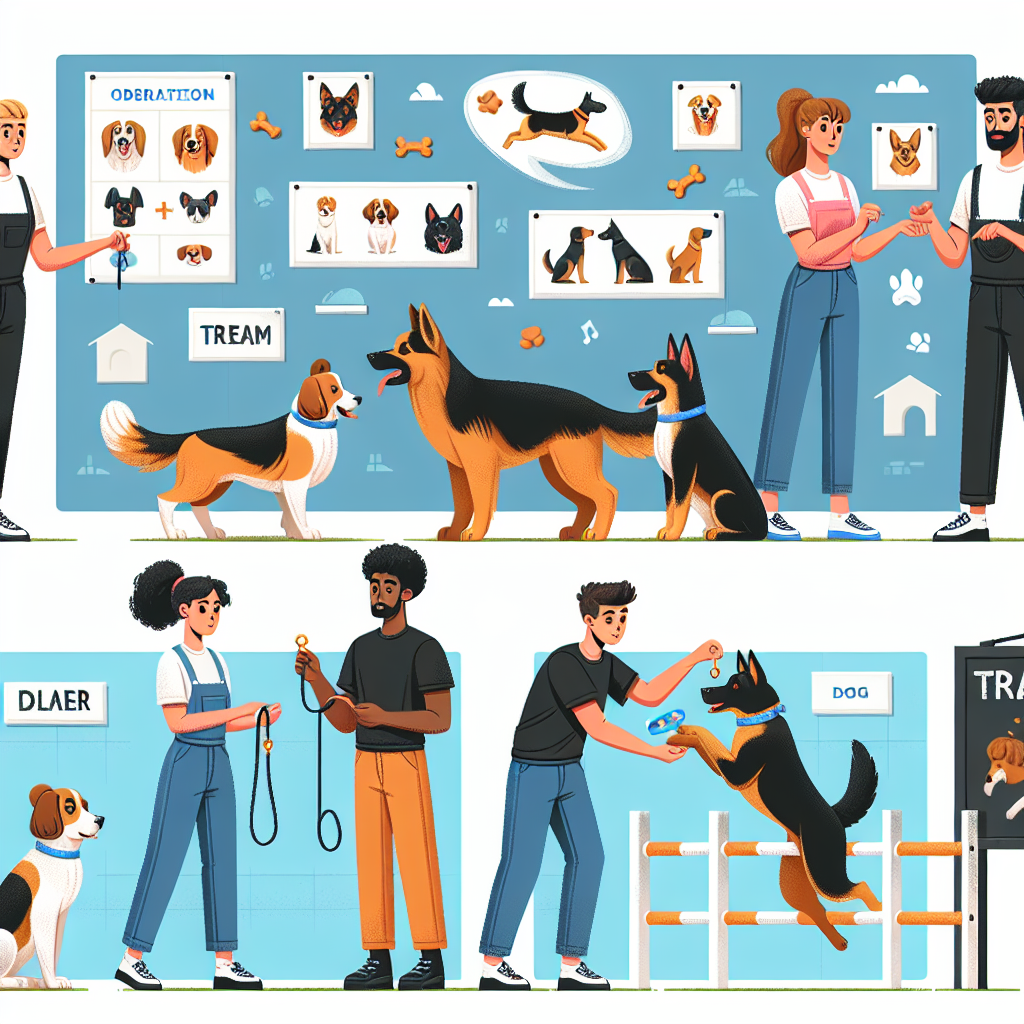
Effective socialization techniques for shy and timid dogs require a nuanced approach that respects the individual needs and sensitivities of each animal. Unlike their more outgoing counterparts, shy and timid dogs often exhibit behaviors that indicate discomfort or fear in new situations or around unfamiliar people and animals. Therefore, it is crucial to employ strategies that build confidence gradually while ensuring the dog feels safe and supported throughout the process.
To begin with, understanding the root causes of a dog’s shyness or timidity is essential. These behaviors can stem from a variety of factors, including genetics, lack of early socialization, or traumatic experiences. Identifying the underlying cause can help tailor the socialization process to address specific issues effectively. For instance, a dog that has had limited exposure to different environments during its critical developmental period may benefit from a structured and gradual introduction to new stimuli.
One effective technique for socializing shy and timid dogs is the use of positive reinforcement. This method involves rewarding the dog for displaying desired behaviors, thereby encouraging them to repeat those actions. For example, if a dog shows curiosity or calmness in a new situation, offering treats, praise, or affection can reinforce that behavior. Over time, the dog will associate positive experiences with new environments and people, gradually reducing their fear and anxiety.
Another important aspect of socializing shy and timid dogs is to control the environment in which socialization occurs. Creating a safe and controlled setting can help prevent overwhelming the dog and allow them to explore at their own pace. Introducing new experiences in a familiar and secure environment can significantly reduce stress. For instance, inviting a calm and friendly dog to visit the timid dog’s home can provide a positive social interaction without the added pressure of an unfamiliar setting.
Gradual desensitization is another valuable technique. This process involves exposing the dog to new stimuli in a controlled and incremental manner. For example, if a dog is fearful of other dogs, starting with brief, distant encounters and gradually decreasing the distance over time can help the dog become more comfortable. It is important to monitor the dog’s body language and stress signals throughout this process, ensuring that they are not pushed beyond their comfort zone.
Additionally, incorporating play and interactive activities can be beneficial. Engaging a shy or timid dog in games and activities that they enjoy can help build their confidence and create positive associations with social interactions. Activities such as fetch, puzzle toys, or agility training can provide mental stimulation and encourage the dog to engage with their surroundings in a positive manner.
Furthermore, seeking the guidance of a professional dog trainer or behaviorist can be invaluable. These experts can provide personalized strategies and support, ensuring that the socialization process is tailored to the specific needs of the dog. They can also help identify any potential issues that may require more specialized intervention.
In conclusion, effective socialization techniques for shy and timid dogs involve a combination of positive reinforcement, controlled environments, gradual desensitization, and engaging activities. By understanding the individual needs of each dog and employing these strategies, it is possible to build their confidence and help them navigate new experiences with greater ease. With patience, consistency, and the right approach, shy and timid dogs can learn to feel more comfortable and secure in their interactions with the world around them.
Adapting Training Strategies for Senior Dogs
When it comes to training dogs, one size does not fit all. This is particularly true for senior dogs, who require a different approach compared to their younger counterparts. As dogs age, their physical and cognitive abilities change, necessitating adjustments in training methods to accommodate these shifts. Understanding the unique needs of senior dogs is crucial for effective training and ensuring their well-being.
Firstly, it is important to recognize that senior dogs may have physical limitations that younger dogs do not. Arthritis, reduced stamina, and sensory impairments such as diminished hearing or vision are common in older dogs. Consequently, training sessions should be shorter and less physically demanding. For instance, instead of engaging in high-energy activities like agility training, consider low-impact exercises such as gentle walks or simple obedience commands. This not only prevents overexertion but also keeps the dog engaged without causing discomfort.
Moreover, patience is paramount when training senior dogs. Cognitive decline is a natural part of aging, and older dogs may take longer to learn new commands or remember previously learned ones. Repetition and consistency become even more critical in this context. Using positive reinforcement techniques, such as treats and praise, can help reinforce desired behaviors. However, it is essential to be mindful of the dog’s dietary needs and potential health issues, opting for healthy, low-calorie treats to avoid weight gain.
In addition to physical and cognitive considerations, emotional well-being plays a significant role in the training of senior dogs. Older dogs may experience anxiety or stress more acutely, especially if they have been rehomed or have lost a long-time companion. Creating a calm and supportive training environment can alleviate some of this anxiety. Using a gentle tone of voice and providing ample affection can help build trust and make the training experience more enjoyable for the dog.
Furthermore, it is beneficial to incorporate mental stimulation into the training regimen. Puzzle toys, scent games, and interactive activities can keep a senior dog’s mind sharp and engaged. These activities not only provide mental exercise but also strengthen the bond between the dog and the trainer. It is important to introduce new activities gradually and monitor the dog’s response, adjusting the difficulty level as needed to ensure the dog remains interested and challenged without becoming frustrated.
Another critical aspect of training senior dogs is regular veterinary check-ups. Health issues such as dental problems, joint pain, or underlying medical conditions can affect a dog’s ability to participate in training. A veterinarian can provide valuable insights into the dog’s health status and recommend appropriate modifications to the training plan. Additionally, they can suggest supplements or medications that may alleviate discomfort and improve the dog’s overall quality of life.
In conclusion, adapting training strategies for senior dogs requires a thoughtful and compassionate approach. By considering their physical limitations, cognitive changes, and emotional needs, trainers can create a supportive and effective training environment. Patience, positive reinforcement, mental stimulation, and regular veterinary care are key components in ensuring that senior dogs continue to lead fulfilling and active lives. Through these tailored training methods, we can enhance the well-being of our aging canine companions and strengthen the bond we share with them.
Read more about Canine Freework
Training Strategies for Canine Freework
– Positive Reinforcement Techniques for Canine Freework
– Building a Strong Foundation for Canine Freework Training
– Common Training Mistakes to Avoid in Canine Freework
– Adjusting Training Methods for Different Types of Dogs
– Incorporating Canine Freework in Regular Training Sessions


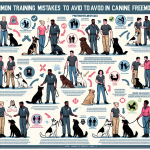
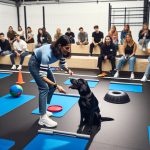
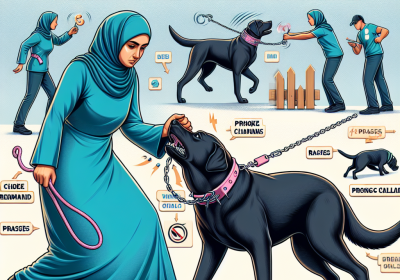
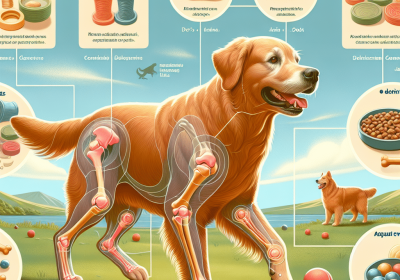
![The Dog Podcast Uncovers Startling Truths About What We Feed Our Dogs [Press Release]](https://knowledgenook.com.au/wp-content/uploads/2024/08/dog-with-nutritious-food-400x280.jpg)
